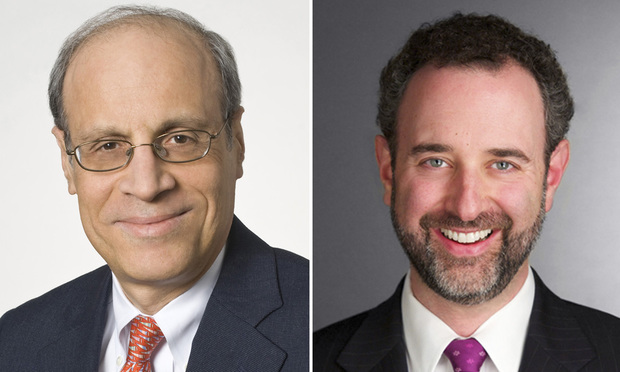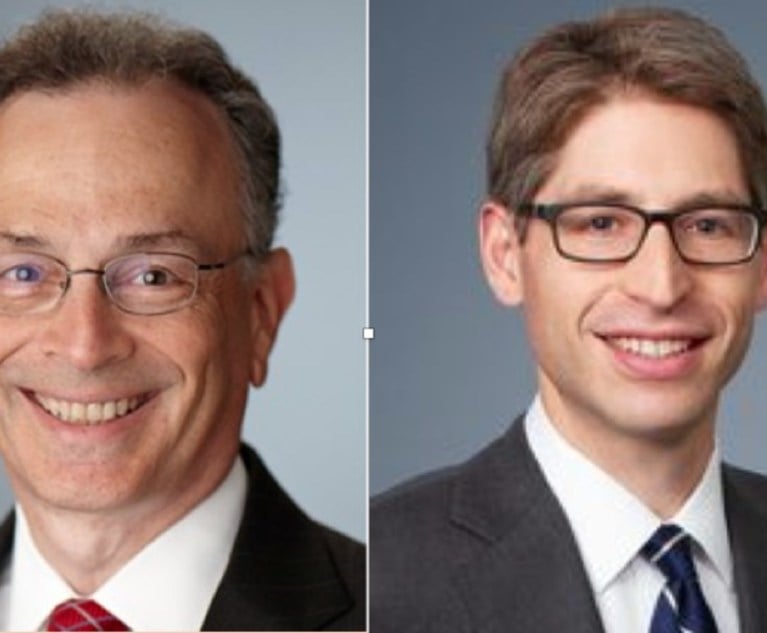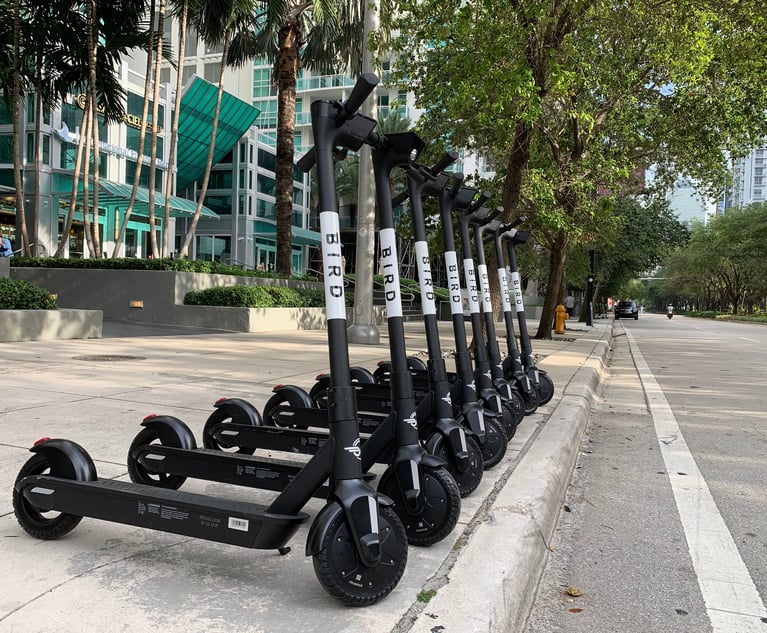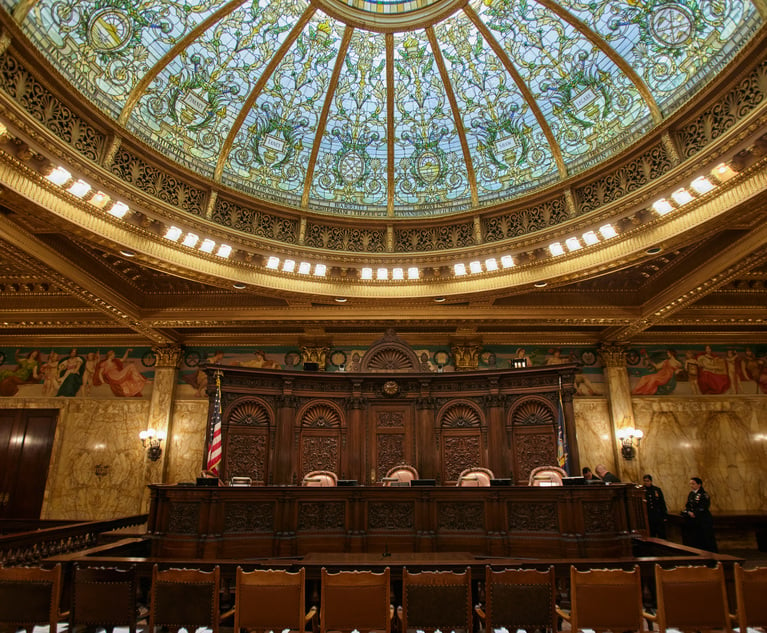Songs and paintings and all manner of expressive works often use other people’s trademarks as part of their expression. Janis Joplin implored the Lord to provide her a Mercedes Benz. Courts have grappled with when a trademark owner’s right to enforce its mark against misleading suggestions of origin “must give way to expressive speech protected by the First Amendment,” Caiz v. Roberts, No. CV 15-9044, 2019 WL 1755421 (C.D. Cal. April 17, 2019), as shown most recently in a series of cases from courts within the Ninth Circuit applying the two-prong test from Rogers v. Grimaldi, 875 F.2d 994 (2d Cir. 1989).
Trademark owners have generally fared poorly under the Rogers test; until recently the Ninth Circuit rejected trademark-infringement claims in all five such cases it had considered, finding that an artist’s use of another’s mark was protected by the First Amendment. See Gordon v. Drape Creative, 909 F.3d 257, 265 (9th Cir. 2018). That changed last year with Gordon, where the Ninth Circuit allowed a trademark-infringement claim against an expressive work to proceed. Gordon may suggest a softening of the road for infringement plaintiffs. Thus far, in the two post-Gordon cases in district courts in the Ninth Circuit, one has allowed the claims to proceed and the other granted summary judgment disposing of the claims. We report here on these cases.


 Lewis R. Clayton and Eric Alan Stone
Lewis R. Clayton and Eric Alan Stone




